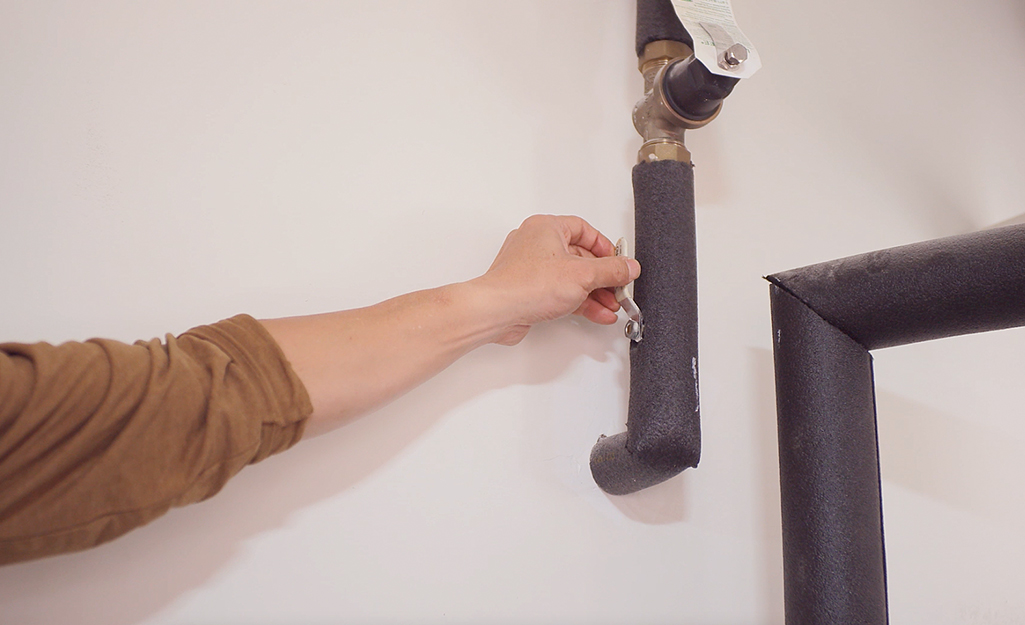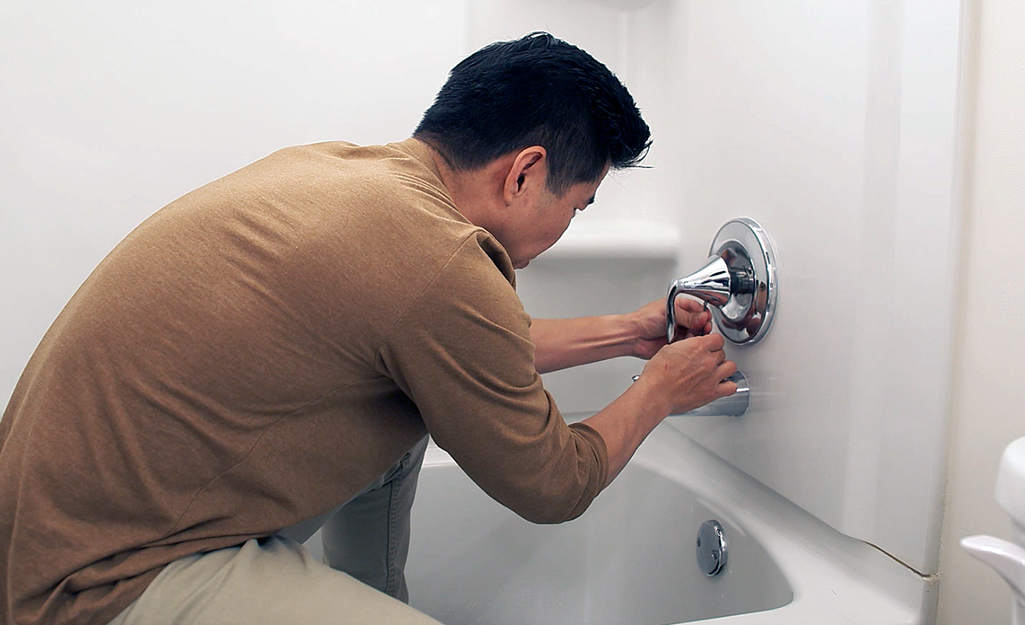My Factors Behind Correcting a Leaking Faucet
My Factors Behind Correcting a Leaking Faucet
Blog Article
Are you currently in search of help and advice around Why Are My Faucets Dripping (And Can I Fix It Myself)??

Trickling faucets might seem like a small trouble, but their effect exceeds just the aggravation of the noise. From wasting water to incurring unnecessary monetary costs and wellness risks, neglecting a leaking tap can lead to different repercussions. In this article, we'll explore why it's important to address this typical household problem quickly and effectively.
Waste of Water
Environmental Effect
Trickling faucets contribute dramatically to water wastage. According to the Epa (EPA), a single tap trickling at one drip per secondly can waste more than 3,000 gallons of water annually. This not only stress water resources but also impacts communities and wild animals dependent on them.
Step-by-Step Guide to Dealing With a Dripping Faucet
Tools Needed
Prior to attempting to take care of a dripping tap, gather the needed devices, including a flexible wrench, screwdrivers, substitute parts (such as washers or cartridges), and plumber's tape.
Typical Tap Issues and Their Solutions
Identify the kind of tap and the certain concern causing the drip. Common issues consist of damaged washing machines, corroded valve seats, or defective O-rings. Describe manufacturer instructions or on the internet tutorials for step-by-step support on repairs.
Financial Costs
Enhanced Water Expenses
Past the ecological influence, trickling faucets can inflate water bills significantly. The accumulated waste with time converts right into greater energy expenditures, which can have been avoided with timely repair services.
Prospective Residential Or Commercial Property Damage
In addition, extended leaking can cause harm to fixtures and surfaces surrounding the tap. Water accumulation can create discoloration, corrosion, and also structural issues if left neglected, causing added fixing prices.
Wellness Worries
Mold and Mildew Growth
The consistent visibility of wetness from a leaking faucet creates a suitable atmosphere for mold and mildew development. These fungis not only compromise interior air high quality however also posture health and wellness threats, especially for individuals with respiratory system conditions or allergies.
Waterborne Conditions
Stagnant water in dripping taps can become a breeding place for germs and various other pathogens, raising the danger of waterborne diseases. Impurities such as Legionella germs thrive in stationary water, potentially bring about major illnesses when consumed or inhaled.
Do it yourself vs. Specialist Repair work
Advantages and disadvantages of Do It Yourself Repair Work
While some might attempt to deal with a dripping tap themselves, DIY fixings include their very own set of difficulties. Without appropriate knowledge and tools, do it yourself efforts can intensify the problem or lead to incomplete fixings, lengthening the trouble.
Benefits of Working With an Expert Plumber
Working with a professional plumber ensures that the underlying reason for the leaking tap is resolved successfully. Plumbers possess the proficiency and equipment to diagnose and fix faucet concerns efficiently, saving time and reducing the danger of additional damage.
Environmental Responsibility
Specific Contribution to Preservation
Taking duty for fixing dripping taps straightens with broader efforts toward water conservation and environmental sustainability. Every person's activities collectively make a considerable influence on preserving precious resources.
Sustainable Living Practices
By prioritizing prompt repair work and adopting water-saving behaviors, people add to lasting living methods that benefit both present and future generations.
Preventive Measures
Regular Upkeep Tips
To stop trickling taps, do routine maintenance such as cleaning aerators, checking for leaks, and replacing damaged components immediately. Furthermore, think about installing water-saving devices or updating to extra reliable fixtures.
Relevance of Prompt Repair Works
Dealing with dripping faucets as quickly as they're observed avoids further water wastefulness and prospective damage, ultimately conserving both water and money in the long run.
Impact on Home Value
Perception of Well-Maintained Property
Keeping a residential property in good condition, including addressing upkeep issues like trickling faucets, boosts its viewed value and worth among possible customers or renters.
Impact on Resale Value
Properties with well-kept plumbing fixtures, consisting of taps, command higher resale worths in the property market. Attending to dripping faucets can add to a positive impact during building evaluations and arrangements.
Conclusion
Attending to a trickling faucet exceeds plain benefit; it's a vital action towards preserving water, reducing monetary prices, and safeguarding health and wellness and property. Whether through DIY fixings or professional support, acting to deal with dripping faucets is a small yet impactful method to advertise liable stewardship of sources and contribute to a healthier, more lasting future.
Why Are My Faucets Dripping (And Can I Fix it Myself)?
Causes of a Dripping or Leaking Faucet
Whether you’re hearing drops of water falling and hitting a sink, or noticing water ooze out from the base of the spout, you shouldn’t ignore a dripping or leaking faucet. And, the good news is, sometimes you can fix the problem yourself.
In this article, we’ll review a few common causes of dripping and leaky. We’ll also walk you through some basic ways to find the problem and handle it without calling anyone — and let you know when to call in a pro.
But, no matter what the cause, or whether you can handle it on your own, the sooner you address it, the better.
Each drip may be a tiny amount of water. But, they all add up quickly. According to the U.S. Geological Survey, one faucet losing one drop every 20 seconds — five a minute — wastes around a liter of water every day, and 173 gallons a year.
Add in more than one in your house, and it’s a lot of water to waste. So, we’ll help you get to the bottom of things quickly.
Four Reasons Your Faucet May Be Dripping
Aerator is Damaged or Unseated Valve Seat is Corroded O Ring is Loose or Worn Out Part of the Assembly is Loose Aerator is Damaged or Unseated
If you unscrew the end of your faucet, you’ll find the aerator. It’s the little stem piece with a screen on it that shuts off the water circulation.
If it’s damaged, or if it’s not sitting right, it will allow water to pass through.
Valve Seat is Corroded
Next is the valve seat, which is connected to the washer. If the washer wasn’t in place correctly, then it could have ground against the seat. Over time, this damages the valve seat.
The problem could also be corrosion: Over time, the part has worn out, and it’s now allowing water to pass through.
O Ring is Loose or Worn Out
Since the o ring is only a small rubber gasket, it’s a common reason why the faucet is dripping. You’ll find it at the base of the faucet, and it’s there to keep water from coming out where it’s not supposed to.
However, it’s common for the o ring to wear out over time. When it does, you’ll notice a drip.
Part of the Assembly is Loose
So far, we’ve looked at a few small, specific parts. But, the problem could be anywhere in the assembly if something’s out of place.
Even if a part isn’t damaged, over time, it may have become loose or dislodged. It could be the parts we mentioned, or the aerator at the tip of the faucet, the stem itself,
Can I Fix a Leaky Faucet Myself?
Depending on the problem, and how handy you are, there’s a chance you can fix a leaky faucet without calling a professional. But, you do run the risk of making the problem worse.
If it’s a small drip, you can certainly try a few troubleshooting tactics. We’ll walk you through them in a moment.
But, no matter what, your first step should be shutting off the water coming into the faucet. You should find a shutoff valve under the sink on the pipes leading to it. Turn each one clockwise until they close tightly.
Next, make sure you have the right tools for whatever you’re attempting. It’s tempting to make do with what you have. But, you need the right ones for a reason: You’re often dealing with small parts that can break if you handle them carelessly.
If you’re feeling confident, here are some places to start.
Items Near the Tip of the Faucet
A few of the parts we mentioned — particularly the valve seat and washer — are located at the tip of the faucet where the water comes out. They’re easy to access, making it a good place to start.
Check the O Ring
To check the o ring, you’ll need to take off the spout at the base. It’s easiest on kitchen sinks with long spouts, versus the smaller, bulkier base on most bathroom sinks.
Either way, this can be tricky, so do it carefully and don’t force anything. If it’s not coming right off, you’re much better off calling in a pro than possibly breaking something.
For a kitchen sink, there’s usually a nut or coupling assembly at the base of the spout. These often slide off easily without using any tools.
Once you’ve disassembled those parts, gently but forcefully twist off the spout.
Then, you can see the o rings. There should be two of the rubber gaskets on the base. If they look worn or damaged, replace them, and see if that solves the problem.

I am very interested in Why Is It Important To Fix Your Leaking Tap/Faucet? and I am hoping you appreciated my blog entry. Sharing is caring. Helping people is fun. Thanks for going through it.
Report this page